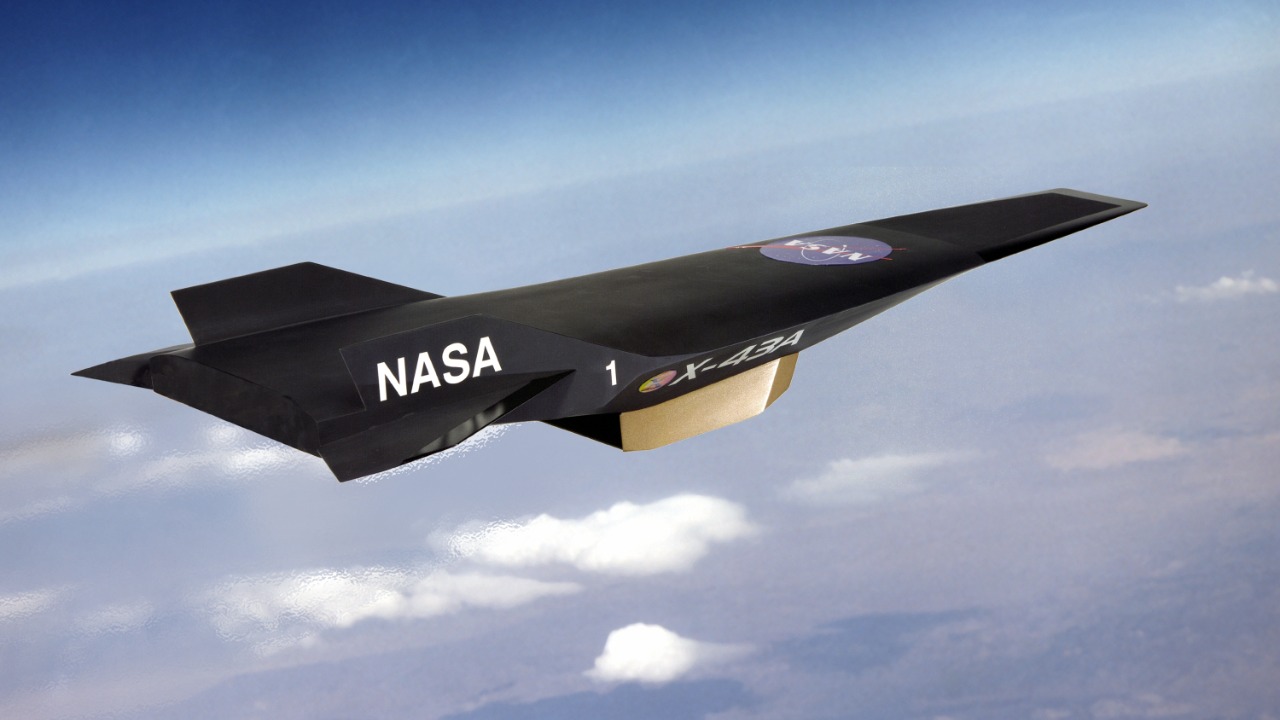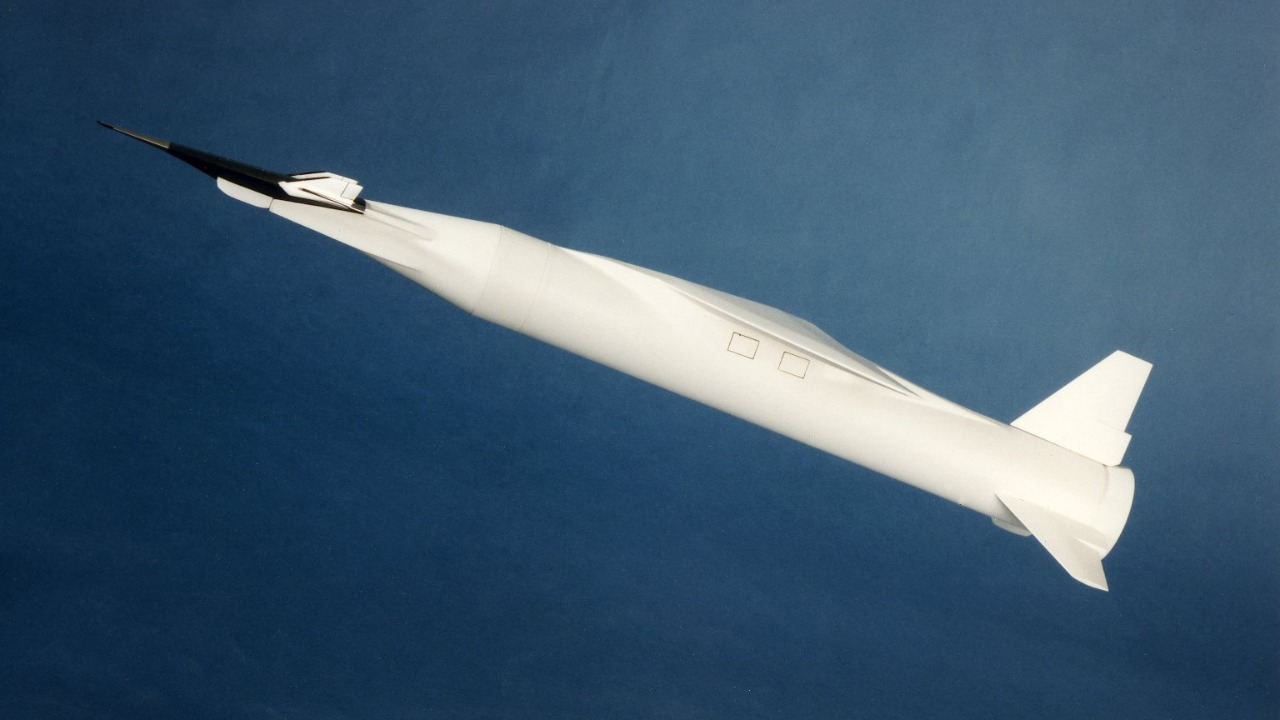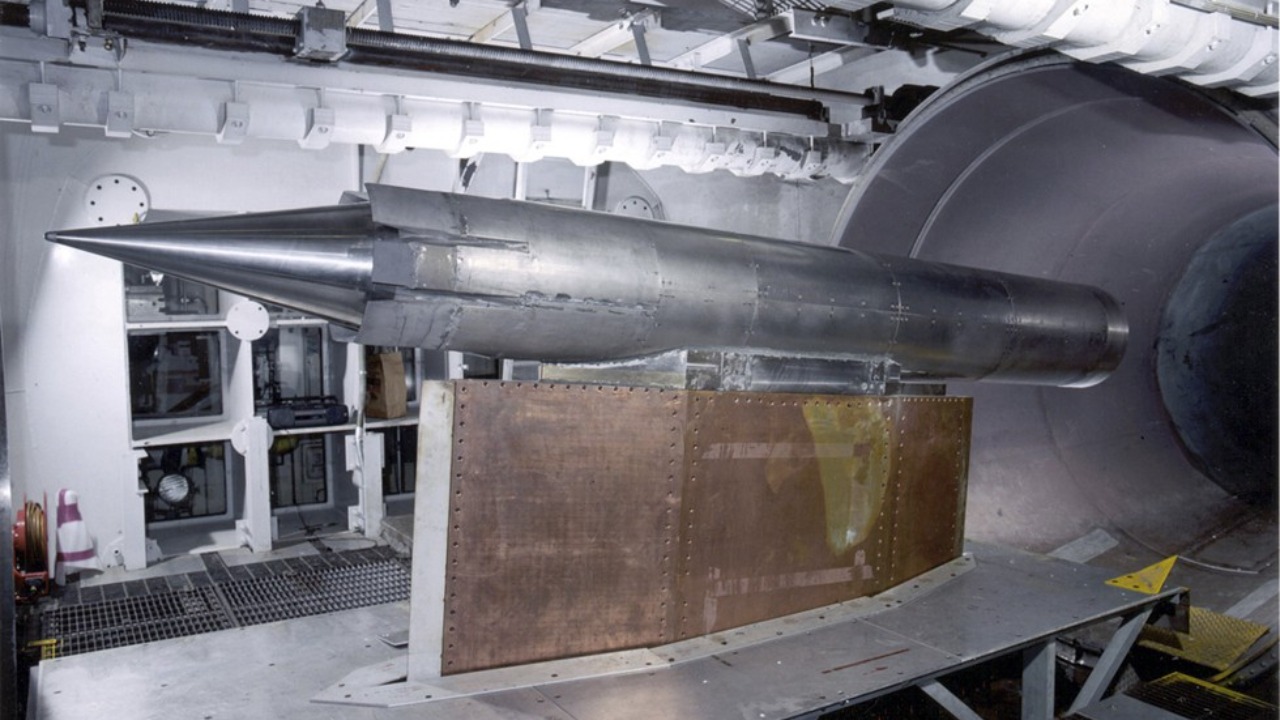
The scramjet engine test conducted by the Australian company Hypersonix reached an impressive speed of Mach 9.6 before an unexpected malfunction forced an early termination of the flight. The test, which took place at the Woomera Test Range in South Australia, highlighted both the potential and the challenges of scramjet technology.
The Test Flight Overview

Hypersonix utilized the Woomera Test Range in South Australia for its scramjet trials, marking a significant milestone in hypersonic testing. The choice of location underscores the strategic importance of Woomera as a premier site for aerospace testing, offering the necessary infrastructure and airspace for such high-speed experiments. The test aimed to push the boundaries of current aerospace capabilities by achieving sustained hypersonic flight, with a target speed of Mach 9.6, a feat that represents a significant leap in scramjet technology (Source).
Despite the early termination of the flight, the initial phases provided valuable data on scramjet performance. This data is crucial for understanding the dynamics of hypersonic travel and will inform future developments in the field. The test’s partial success demonstrates the potential of scramjets to revolutionize air travel and defense applications, even as it highlights the technical challenges that remain (Source).
The Woomera Test Range, known for its vast and controlled airspace, provides an ideal environment for testing cutting-edge aerospace technologies. This facility has a rich history of supporting advanced military and civilian aerospace projects, making it a strategic choice for Hypersonix’s ambitious test. The range’s capabilities allow for comprehensive data collection and analysis, essential for refining scramjet technology and addressing the challenges of hypersonic flight. The selection of Woomera underscores the importance of having access to world-class testing facilities to push the boundaries of what is possible in aerospace engineering (Source).
Hypersonic Technology and Scramjets

Scramjets, or supersonic combustion ramjets, operate by compressing incoming air at high speeds, allowing for efficient combustion without the need for moving parts. This technology is particularly promising for its potential to drastically reduce travel times across continents, offering a glimpse into the future of high-speed air travel. The recent test by Hypersonix aimed to showcase these capabilities, highlighting how scramjets could transform both commercial and military aviation (Source).
The implications of successful scramjet technology extend beyond just speed. By enabling faster and more efficient travel, scramjets could significantly impact global logistics and defense strategies. Hypersonix’s advancements in this area are part of a broader effort to harness hypersonic speeds for practical applications, potentially leading to new standards in aerospace engineering and international travel (Source).
In addition to reducing travel times, scramjets offer potential environmental benefits by improving fuel efficiency at high speeds. The technology’s ability to operate without moving parts reduces mechanical complexity and weight, potentially leading to lower emissions compared to traditional jet engines. As the aviation industry faces increasing pressure to reduce its carbon footprint, scramjets could play a crucial role in developing more sustainable air travel solutions. Hypersonix’s test represents a step towards realizing these environmental advantages, aligning with global efforts to innovate greener technologies in transportation (Source).
Challenges and Setbacks

The test was cut short due to an unexpected malfunction, underscoring the technical challenges still faced in scramjet development. Such setbacks are not uncommon in the field of hypersonics, where the extreme conditions of high-speed flight present unique engineering hurdles. Engineers are currently analyzing data from the malfunction to improve future prototypes, aiming to address the issues encountered and enhance the reliability of scramjet systems (Source).
Previous scramjet tests have encountered similar issues, highlighting the complexity of achieving stable and sustained hypersonic flight. These challenges include managing the intense heat and pressure generated at such high speeds, as well as ensuring the structural integrity of the vehicle. Despite these obstacles, the pursuit of hypersonic technology continues, driven by the promise of transformative advancements in air travel and defense (Source).
Addressing the technical challenges of scramjet development requires a multidisciplinary approach, involving experts in aerodynamics, materials science, and propulsion systems. The extreme conditions encountered during hypersonic flight necessitate advanced materials capable of withstanding high temperatures and pressures. Innovations in thermal protection systems and lightweight composites are critical to overcoming these obstacles. The collaboration between engineers and scientists is vital to advancing the reliability and performance of scramjets, ensuring that future tests can achieve longer and more stable flights (Source).
Future Prospects for Hypersonic Travel

Despite the setback, Hypersonix remains committed to advancing scramjet technology and anticipates further tests in the coming year. The successful aspects of the recent test flight have encouraged continued investment and research in the field, as stakeholders recognize the potential benefits of hypersonic travel. This ongoing commitment is crucial for overcoming the current technological barriers and achieving practical applications of scramjet technology (Source).
Global interest in hypersonic travel is driving collaborative efforts among nations and industries to develop viable solutions. As research progresses, the insights gained from tests like those conducted by Hypersonix will play a pivotal role in shaping the future of aerospace technology. The pursuit of hypersonic speeds is not just about breaking records; it is about redefining the possibilities of air travel and defense in the modern world (Source).
The potential applications of hypersonic travel extend beyond commercial aviation, with significant implications for national security and defense. Hypersonic vehicles could provide rapid response capabilities, allowing for swift deployment of resources and personnel across vast distances. This strategic advantage is driving interest from defense sectors worldwide, leading to increased funding and collaboration in hypersonic research. As Hypersonix and other companies continue to develop this technology, the insights gained will contribute to a new era of aerospace capabilities, reshaping how nations approach both defense and global connectivity (Source).